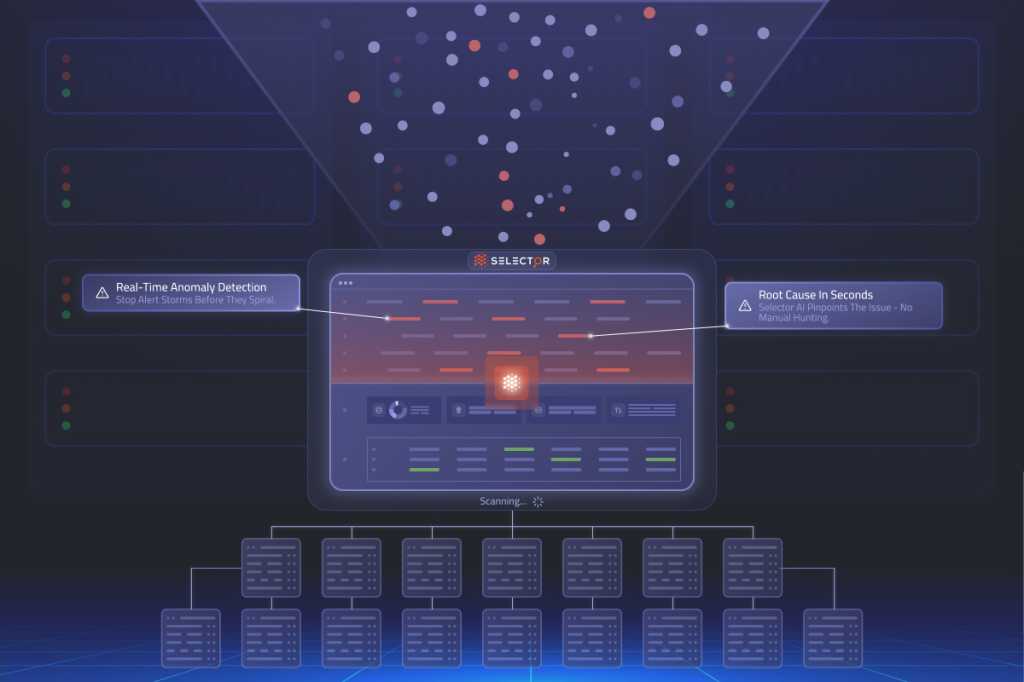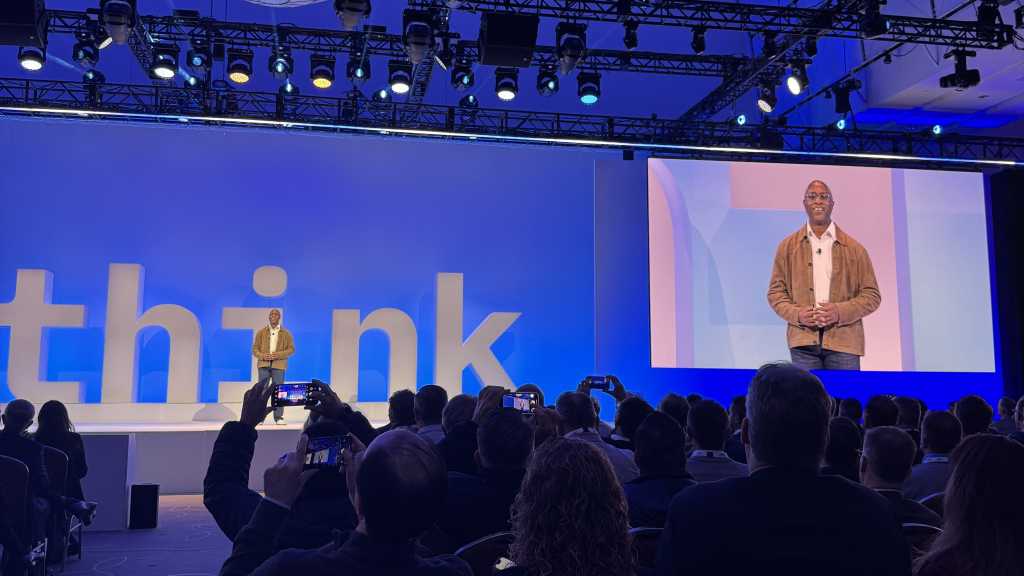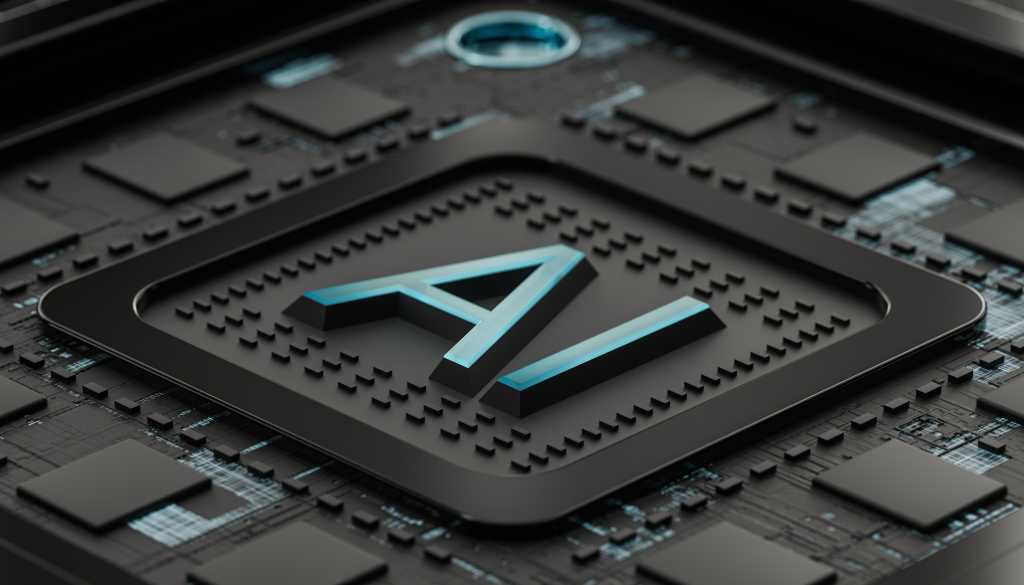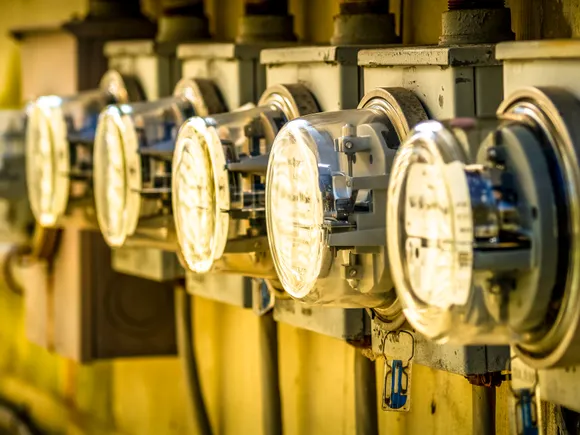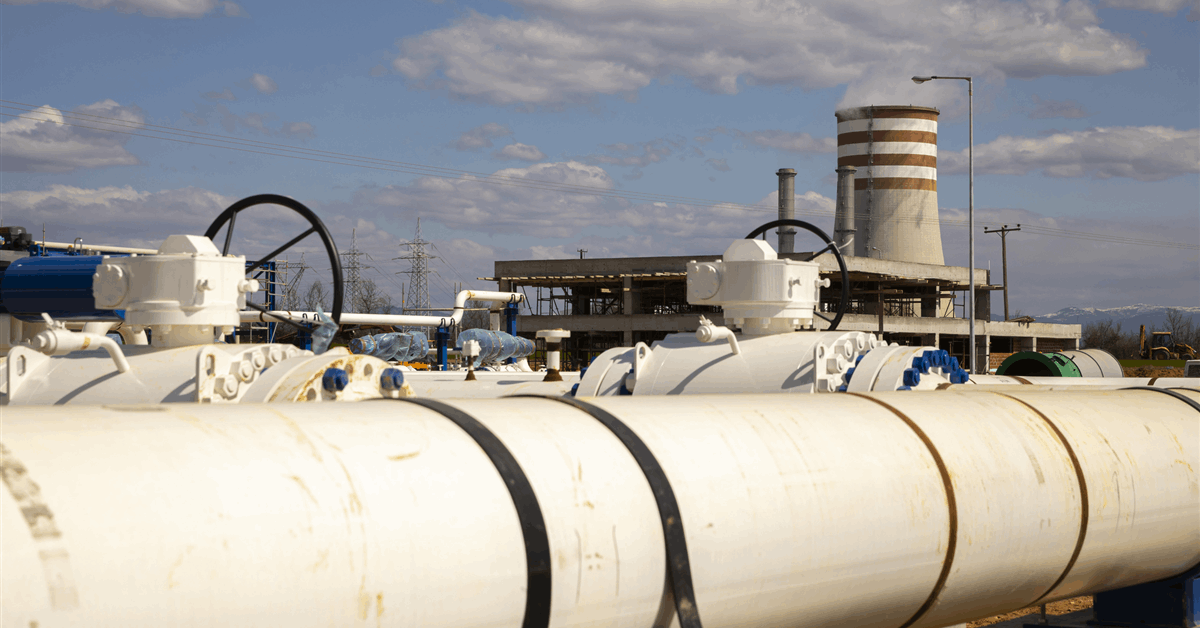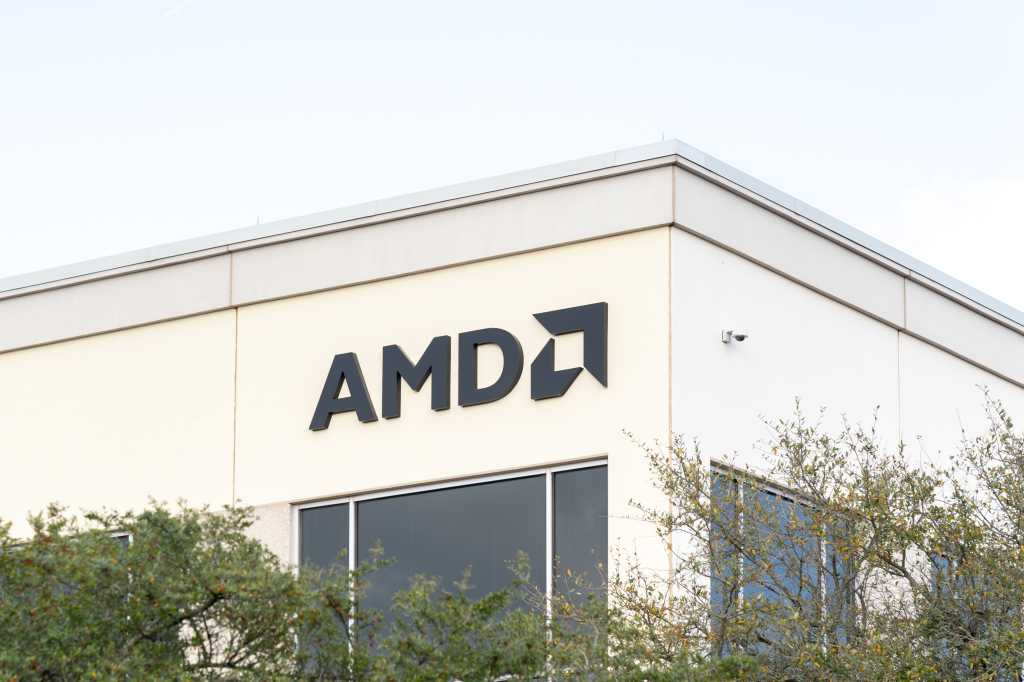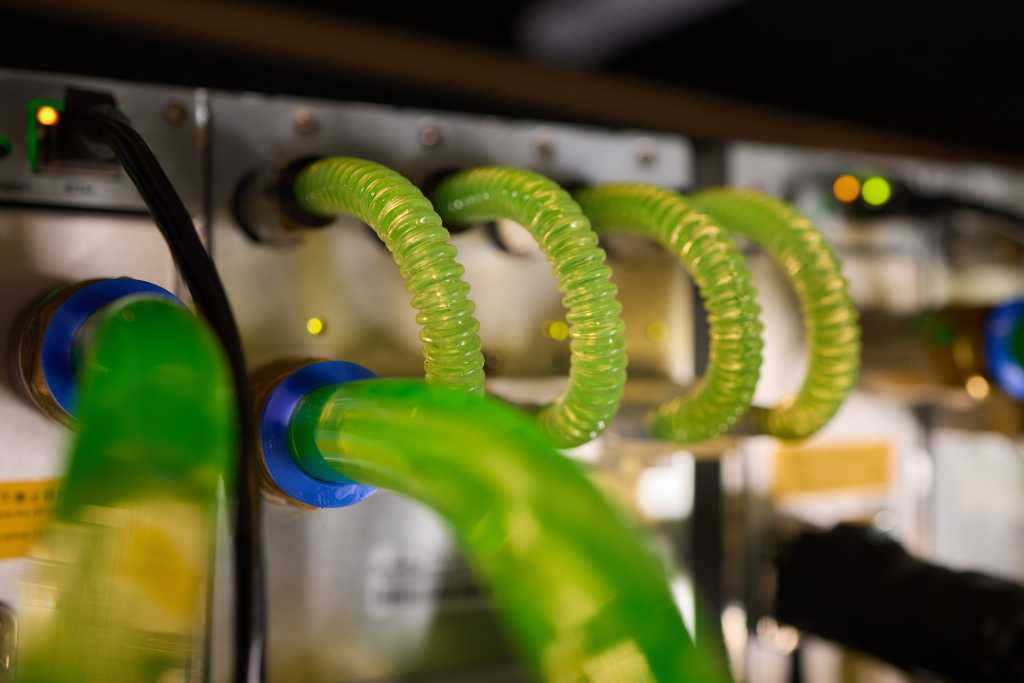
ETZ Ltd has selected TÜV SÜD to operate its flagship Green Hydrogen Test and Demonstration Facilities (GHTDF) in Aberdeen.
In addition, ETZ Ltd has also awarded consultancy Stantec, which has recently established a presence in Aberdeen, with a six-figure contract to provide an engineering design for the project.
The GHTDF will offer testing, verification and certification of key components for green hydrogen production at scale, including electrolysers, valves and flow meters, to ensure their safety and long-term reliability.
The facility, which is expected to be up and running in 2027, will be based at ETZ Ltd’s hydrogen campus in the south of Aberdeen, part of the company’s Energy Transition Zone project, which will be based on 75-100 acres of land around Aberdeen’s new £420 million south harbour.
ETZ Ltd director for hydrogen and CCUS Martin McCormack said: “This facility will be a nationally significant asset for the UK, working as an exemplar for the testing, verification and certification of key industry hydrogen technologies.
“In TÜV SÜD we have found the right partner to help deliver this test and demonstration centre, ably supported by Stantec’s deep technical expertise. As we seek to drive forward the hydrogen economy in the region, this is a prime opportunity for the wider hydrogen sector to support the development of this key infrastructure.”
Driving hydrogen
Ahead of its expected start date, ETZ Ltd, a private sector not-for-profit company backed by industrialist Sir Ian Wood, aims to attract private and public sector funding for the GHTDF.
The company noted that industry support will be vital to realising the GHTDF project and ultimately the full benefits of GHTDF to the hydrogen economy.
ETZ Ltd is looking to take a final investment decision on the facility later this year and start construction in 2026.
In addition, to providing an anchor project for the hydrogen campus, the GHTDF will also help drive the UK government’s goal of develop at least 5GW of installed hydrogen production capacity by 2030.
The project will also benefit from green hydrogen available from the Aberdeen Hydrogen Hub, which is being developed by Aberdeen City Council and BP, which also sits in the Energy Transition Zone and took its investment decision last year.

